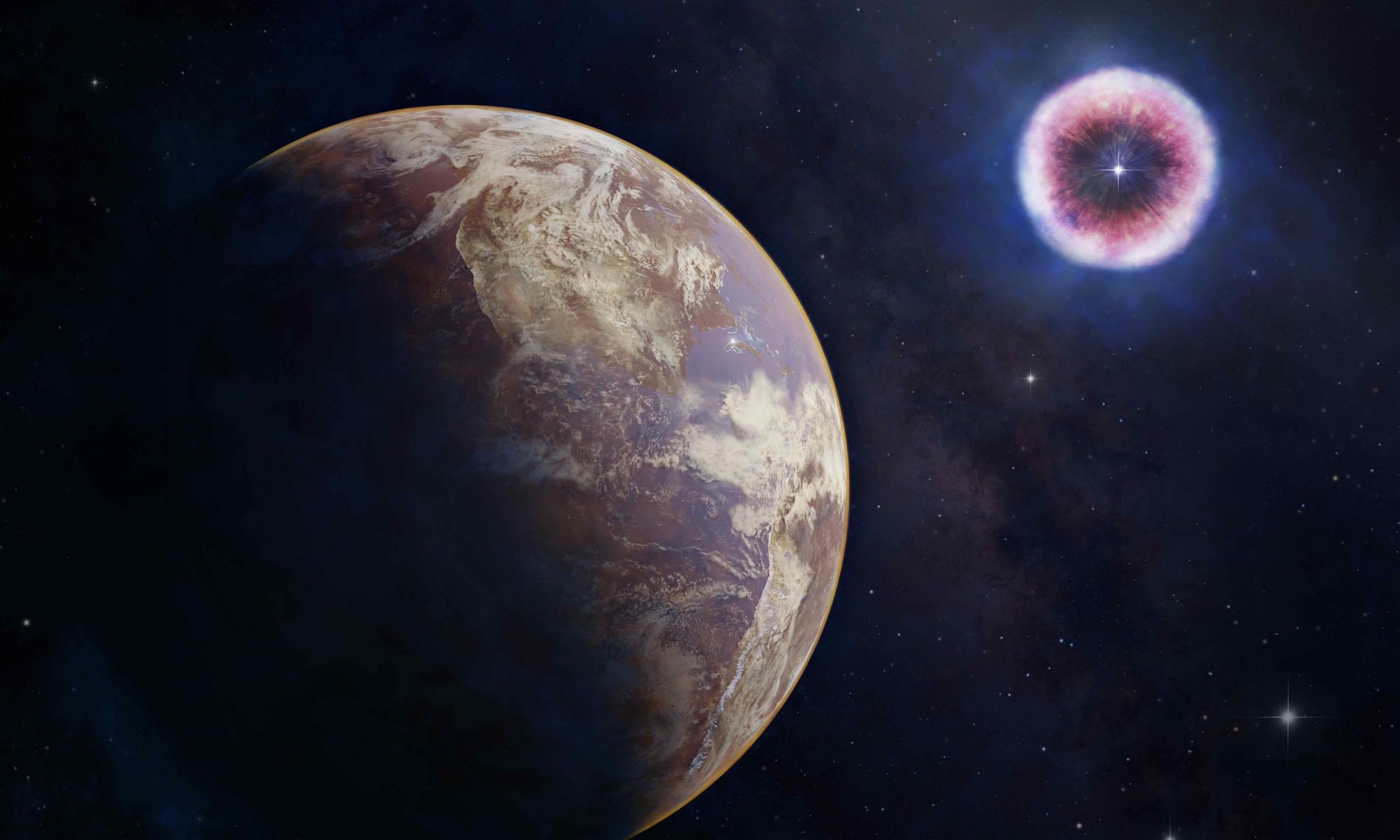Climate change has emerged as one of the most pressing global challenges of the 21st century, with profound implications for ecosystems, human health, and the viability of societies worldwide. Among the most significant indicators of climate change is the accelerated melting of glaciers. The term "glaciers" refers to large masses of ice formed from accumulated snow, which move under their own weight. This article aims to explore the multiple facets of glacier melting, its causes, impacts on the environment, and potential solutions that can be employed to mitigate the adverse effects.
The Role of Glaciers in the Earth’s Ecosystem
Glaciers play a crucial role in regulating the planet's climate and hydrology. They store approximately 68.7% of the world's freshwater resources and act as natural reservoirs that release water during warmer months, maintaining river flow and supplying ecosystems with necessary hydration. Glaciers also influence global sea levels; their melting contributes to rising sea levels, leading to consequences such as coastal flooding and increased erosion of shorelines. Moreover, glaciers act as indicators of climate change, as their retreat and advance can reflect changes in temperature and precipitation patterns.
Reasons Behind Glacial Melting
Glaciers are experiencing unprecedented melt rates due to a combination of anthropogenic and natural factors:
- Global Warming: The primary cause of glacial melting is global warming, which is exacerbated by greenhouse gas emissions from human activities, such as burning fossil fuels and deforestation.
- Albedo Effect: Glaciers have high albedo, meaning they reflect most of the sun's energy. As they melt, the exposed land or water has a lower albedo and absorbs more heat, accelerating the melting process.
- Feedback Loop Mechanism: This includes the interaction between melting glaciers and changing weather patterns, which can produce a feedback loop that further accelerates the melting process.
- Natural Climate Variability: Earth’s climate naturally fluctuates, causing variations in temperature and precipitation that can influence glacier dynamics over time.
Impacts of Glacial Melting
The implications of glacial melting are multifaceted, affecting various aspects of human life and the environment:
Environmental Impacts
As glaciers melt, ecosystems are affected in the following ways:
- Water Resource Shortages: Glacial melt provides crucial water supplies to many areas. The loss of glaciers threatens freshwater availability, particularly for communities dependent on glacial runoff.
- Coastal Erosion and Flooding: Melting glaciers contribute to rising sea levels, increasing the risk of coastal flooding and erosion.
- Loss of Biodiversity: Unique flora and fauna that depend on glacial environments face extinction threats as their habitats change or disappear.
- Alteration of Carbon Cycles: The melting of permafrost, which contains significant amounts of carbon, releases greenhouse gases such as methane, further exacerbating global warming.
Socioeconomic Impacts
Beyond environmental upheaval, the effects of glacial melt impact human societies:
- Food Security Threats: Reduced water supplies hinder agriculture, leading to crop failures and food shortages.
- Economic Impacts: Industries reliant on stable freshwater supplies, such as agriculture and hydropower, may see substantial economic losses.
- Displacement of Populations: Communities in low-lying coastal areas are at risk of displacement due to flooding caused by rising sea levels.
Statistical Overview of Glacier Melting
Recent studies have provided alarming statistics regarding the rate of glacial melting. For instance:
| Year | Global Glacier Loss (billion tons) | Contribution to Sea Level Rise (mm) |
|---|---|---|
| 2000 | 291 | 1.2 |
| 2005 | 325 | 1.4 |
| 2010 | 357 | 1.7 |
| 2015 | 393 | 1.9 |
| 2020 | 422 | 2.1 |
Research Findings and Models
The scientific community has put significant effort into understanding glacial dynamics through various research initiatives. One such project is the Glacier Mass Balance Intercomparison Exercise (GlaMBIE). GlaMBIE provides comprehensive assessments of glacier mass changes globally. The following illustrates some of the key findings from recent research:

| Aspect | Findings | Source |
|---|---|---|
| Glacier Cover Reduction | Reduction from 705,221 km² to 675,000 km² from 2000 to 2023. | GlaMBIE |
| Annual Ice Loss | Average loss of 275 billion tons annually. | Nature Research |
| Sea Level Contribution | Contributed approximately 1.4 mm to global sea levels annually. | Intergovernmental Panel on Climate Change (IPCC) |
| Temperature Increase | Averaged global temperatures increased by approximately 1.2°C since the late 19th century, contributing to accelerated melting. | World Meteorological Organization |
What Can Be Done?
To address the impacts of glacial melting, a multifaceted approach is required:
- Mitigation Strategies: Focus on reducing greenhouse gas emissions through sustainable practices, renewable energy sources, and energy efficiency improvements.
- Adaptation Techniques: Communities in vulnerable areas need tailored approaches to adapt to the changing hydrology and water supply concerns.
- Long-term Monitoring Programs: Establishing monitoring networks that provide critical data on glacier dynamics, climate change impacts, and regional water availability.
- Public Awareness Campaigns: Increasing awareness about climate change and promoting responsible environmental practices among the public.
- Policy changes: Implementing stricter climate regulations and supporting international agreements aimed at climate stabilization.
Concluding Thoughts
The melting of glaciers serves as a stark warning about our changing climate. It not only marks a significant shift in Earth's environmental landscape but also calls for immediate and coordinated global action. By paying heed to the urgency of this issue, we can take steps toward effectively mitigating the impacts of climate change, preserving these vital freshwater resources, and safeguarding our planet's future.
For More Information
To learn more about glacial melting and climate change, check the following references:
- ESA CryoSat Mission
- Community Estimate of Global Glacier Mass Changes
- International Year of Glaciers’ Preservation
- Intergovernmental Panel on Climate Change (IPCC)
By understanding these implications and taking proactive measures, we can work towards protecting our planet and ensuring a sustainable future.




